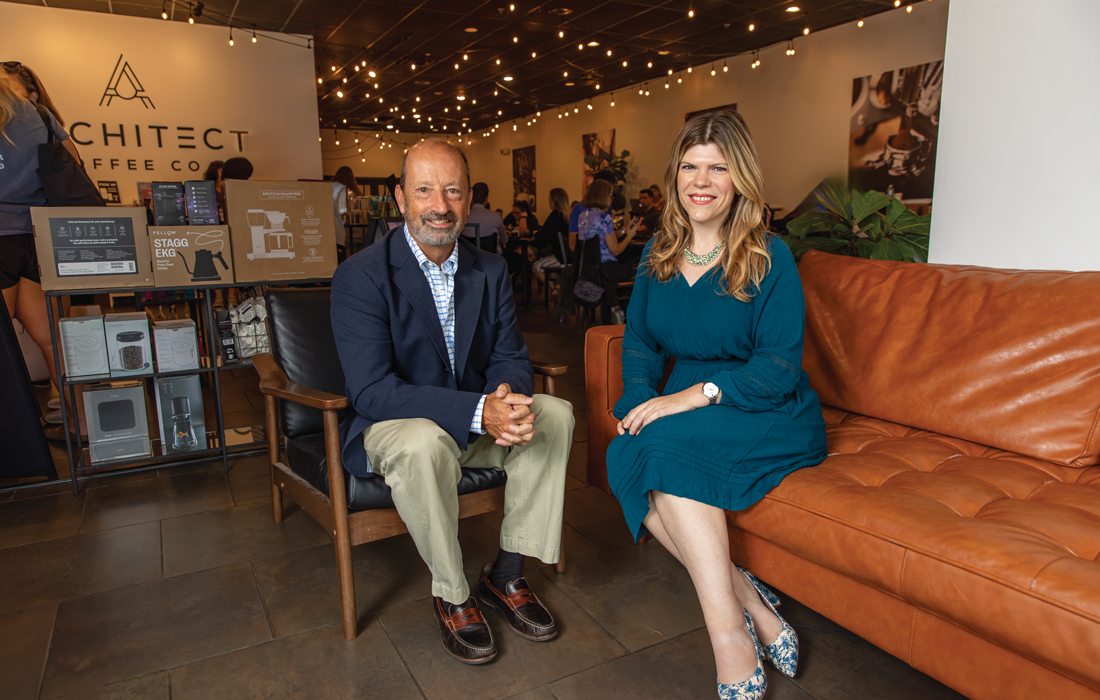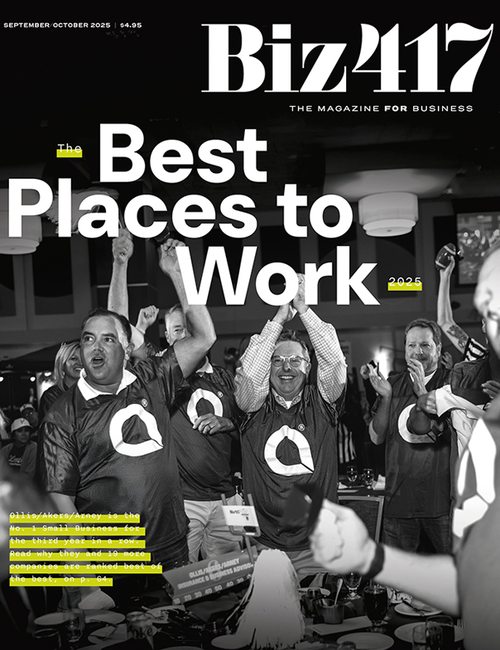
Communication
How Kaitlyn McConnell and Steve Edwards Leverage Their Experience
Kaitlyn McConnell and Steve Edwards team up to leverage their experiences.
by Peyson Mecke
Sep 2024

When it comes to organizations managing communications during a crisis, the typical response may be reactive—from quickly responding to media to making stakeholders aware to public perspective. But living in reactive responses can put unneeded pressure on an already high-stress situation. This flip in thinking and focus on preparation was one of the things that inspired McConnell and Edwards to form McConnell Edwards Crisis Communications.
“Communicating well can actually save lives,” says Edwards. “[The pandemic] helped me understand what I should have known all along—the most important thing a CEO can do is focus on communication.”
That baseline focus on communication is something Edwards and McConnell had set the stage on when they were at CoxHealth prior to the pandemic. “If you don’t communicate on a regular basis and then there’s a crisis, trust isn’t built,” says Edwards.
While they navigated COVID-19, communications frequency increased, which proved to be successful because of the baseline plan that had already been in place.
“Tactical wise, identify your stakeholders and don’t assume everyone knows what’s going on,” says McConnell.
“Don’t ever forget to communicate to a group—positive things, too—so everyone feels proud and informed.”
Making employees and stakeholders advocates can be a valuable tactic that builds trust not only within the walls of your organization, but with their neighbors, friends and family to communicate across a community.
“Social media is a big component, too,” says McConnell of the tool all companies should be considering. “How an organization chooses to engage with the public will vary, but it’s a channel to address concerns.”
While the majority of McConnell’s and Edwards’ careers have been focused on health care, their crisis communication model—plan, develop, represent—can be applied to nearly any industry.
“You need to have that in place before you have a crisis,” says McConnell. “‘When’ is more true than ‘if.’ What can you be working on that you haven’t considered? We can provide another set of eyes to consult on some of the things you should consider.”












